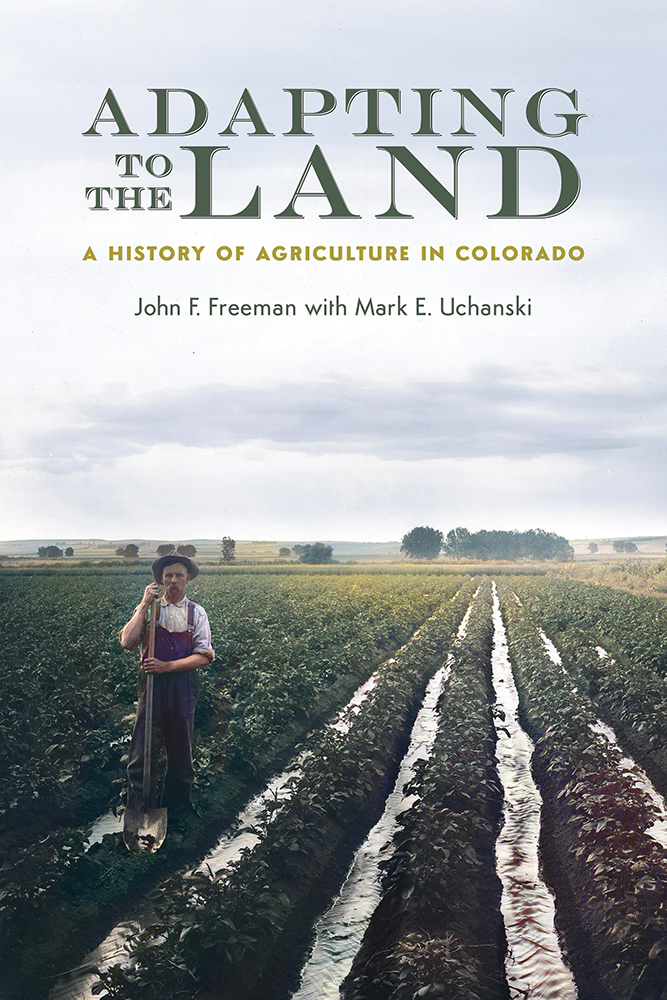
Adapting to the Land
A History of Agriculture in Colorado
John F. Freeman
with
Mark E. Uchanski
U NIVERSITY P RESS OF C OLORADO
Louisville
2022 by University Press of Colorado
Published by University Press of Colorado
245 Century Circle, Suite 202
Louisville, Colorado 80027
All rights reserved
 The University Press of Colorado is a proud member of the Association of University Presses.
The University Press of Colorado is a proud member of the Association of University Presses.
The University Press of Colorado is a cooperative publishing enterprise supported, in part, by Adams State University, Colorado State University, Fort Lewis College, Metropolitan State University of Denver, Regis University, University of Alaska, University of Colorado, University of Denver, University of Northern Colorado, University of Wyoming, Utah State University, and Western Colorado University.
ISBN: 978-1-64642-204-3 (hardcover)
ISBN: 978-1-64642-205-0 (ebook)
DOI: https://doi.org/10.5876/9781607322050
Library of Congress Cataloging-in-Publication Data
Names: Freeman, John F. (John Francis), 1940 author. | Uchanski, Mark E., 1980 author.
Title: Adapting to the land : a history of agriculture in Colorado / John F. Freeman, Mark E. Uchanski.
Description: Louisville : University Press of Colorado, [2021] | Includes bibliographical references and index.
Identifiers: LCCN 2021036657 (print) | LCCN 2021036658 (ebook) | ISBN 9781646422043 (hardcover) | ISBN 9781646422050 (ebook)
Subjects: LCSH: AgricultureColoradoHistory. | AgricultureEnvironmental aspectsColorado. | AgricultureEconomic aspectsColoradoHistory. | Irrigation farmingColoradoHistory. | Organic farmingColorado. | Sustainable agricultureColorado. | Water rightsColoradoHistory.
Classification: LCC S451.C6 F74 2021 (print) | LCC S451.C6 (ebook) | DDC 338.109788dc23
LC record available at https://lccn.loc.gov/2021036657
LC ebook record available at https://lccn.loc.gov/2021036658
Front-cover photograph: Irrigating potatoes, 19001920. Courtesy, Denver Public Library, Western History Collection, MCC 1847.
We are unlikely to be the first species in the world to be exempt from natures limits.
Richard D. Lamm, 2002
Contents
The principal source of historical material for this book is the Agricultural and Natural Resources Archive at Colorado State University. The collections are well curated with excellent finding aids, with much material digitized since our research was completed. We are most appreciative of the friendly assistance of Linda Meyer, Vicky Lopez-Terrill, and Clarissa Trapp. We also wish to recognize Dee M. Salo, interlibrary loan librarian at the University of Wyoming. The bibliography includes only a few of the extension circulars, short articles, and essays cited in the endnotes; those materials are readily available through the internet.
Because of the centrality of the experiment stationsrenamed Agricultural Research, Development and Education Centersand the Cooperative Extension Service to the history of Colorado agriculture, we express our deepest appreciation to CSU faculty and staff members for their insights: in particular, Mike Bartolo, Addy Elliott, Todd Hagenbuch, C. J. Mucklow, Frank Stonaker, and Steve Wallner. At the Colorado Department of Agriculture, Janis Kieft, Glenda Mostek, and Wendy White graciously responded to our many inquiries.
We especially want to thank Spike Ausmus, John Ellis, Matt Heimerich, Dan Hobbs, Jan and Virgil Kochis, and Bob and R. T. Sakata for taking time away from their farming and ranching to visit with us at length. Likewise, thanks to agriculturists Brad Erker (Colorado Wheat) and Andrew Hopp (Dupont Pioneer); to the late Bill Stevenson and former presidents Dave Carter and John Stencel of the farmers union; to Robert M. Skirvin, Marks academic mentor at the University of Illinois; and to Ronald K. Hansen, Michael A. Massie, and Micah Richardson. Most important, we are deeply indebted to the anonymous reviewers for the University Press of Colorado and to the editorial and production staff members at the press for their sincere interest in the manuscript and their encouragement at every step during extraordinarily difficult times.
Finally, to help put agriculture and agriculturists within the context of the relationship between people and nature, we are most grateful for insights on agrarian interpretations of stewardship from Pastors Bryson Lillie, Stephanie Price, and Travis and Kristina Walker. From time to time in preparing a book or article, after reading a passage or participating in a single conversation, one comes across a proposition that strengthens, clarifies, and gives unity to ones own effort. Our deepest appreciation, therefore, goes to the late Colorado governor Richard D. Lamm for his willingness to engage with John Freeman in lengthy and far-reaching conversation.
In 1883, pioneer publicist William E. Pabor prepared Colorado as an Agricultural State: Its Farms, Fields, and Garden Lands, which he intended as a practical guide for prospective farmers. He warned his readers that those who reach Colorado with certain ideas of society, soil, climate, and country, based upon what they have left behind them, are likely to be disappointed. But once the intelligent, systematic farmer understands the methods for properly and judiciously cultivating the soil under irrigation, then nature would take care of the rest. One would like to believe that Pabor, a friend of Horace Greeley and one of the founding members of the Union Colony in 1870, understood that the final measure of good farming was that one could farm again: in contemporary parlance, sustainable agriculture.
Since Pabors book, much has been written about how to farm, raise livestock, grow fruit, and cultivate gardens in Colorado, but little has been written from a historical perspective. Alvin T. Steinel, an extension specialist at Colorado State University (CSU) in Fort Collins, did write a History of Agriculture in Colorado (1926) to commemorate the states fiftieth anniversary. Robert G. Dunbar, while a history professor at CSU, contributed a fine essay on Colorado agriculture to Leroy Hafens Colorado and Its People (1948). Later, for its cultural resources series on Colorado, the US Bureau of Land Management commissioned Frederic J. Athearn, Steven F. Mehls, and Paul M. ORourke to prepare four regional monographs (1980s). Each monograph contained substantial sections on agricultural history and mentioned the shift away from traditional agriculture using natural soil amendments to synthetic fertilizers, herbicides, and pesticides. Yet to come was a more deliberate shift meant to protect the ecological values that make those yields possible. The results of that latter shift may not be readily observable to the casual visitor over fields of commodity crops or miles of rangeland, but they are reflected in the burgeoning popularity of natural and organic foods and the resulting global organic food processing and distribution industry. The extent to which Colorado agriculturists adapted to or stretched beyond the limits of the land, all within the context of an increasingly urban society, is the subject of this book.
My own interest in agricultural history stems from my training in medieval and early modern European history, when the connection between villages and cities and their agricultural surroundings was far tighter than it is today. Since my real job made it impractical for me to spend significant amounts of time in Europe, I turned to relatively untouched archival collections close by. My first book concerned the civilizing role of horticulture, making life on the High Plains more livable. A peer reviewer suggested in passing that I prepare a complementary history of crop production on the High Plains. Because of my longtime fascination with Colorado, its varied topography, its climatic regions, and especially its demographic trends, I came to believe that an agricultural history of that single state would encompass continuities and changes throughout the region. Not only that, despite or perhaps because of what I see along the Front Range, I remain convinced that Colorado still has a chance to slow and even reverse seemingly unrestrained growth, accommodate natures limits, and create a vibrant, earth-friendly society in which agriculture in all its aspects plays an increasingly significant part.
Next page

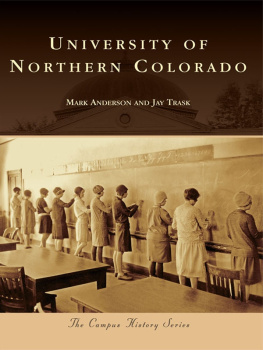
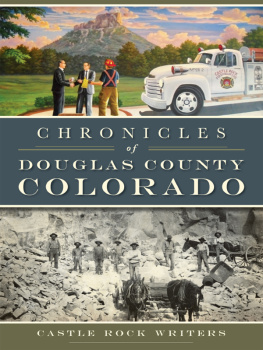
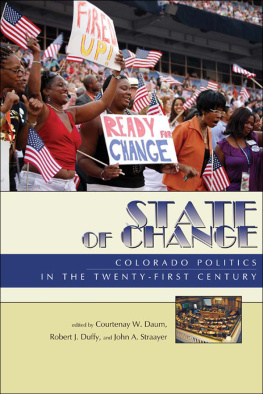
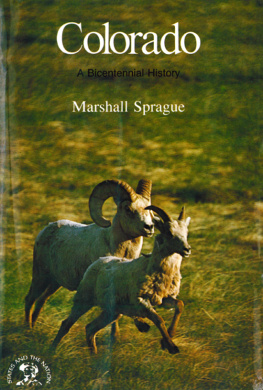
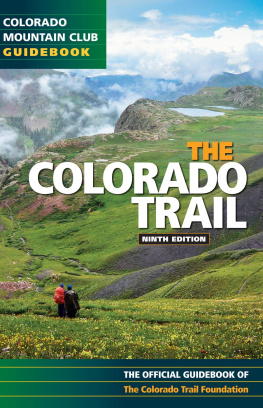

 The University Press of Colorado is a proud member of the Association of University Presses.
The University Press of Colorado is a proud member of the Association of University Presses.